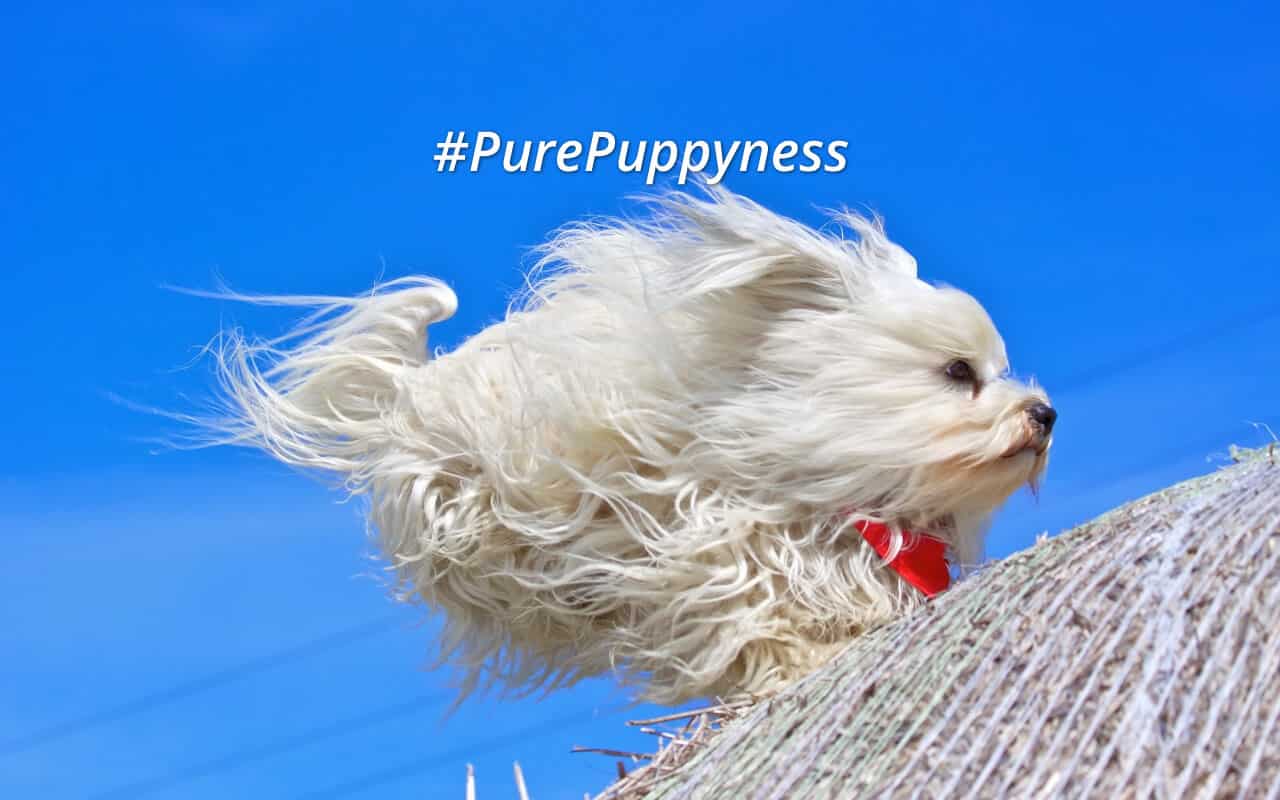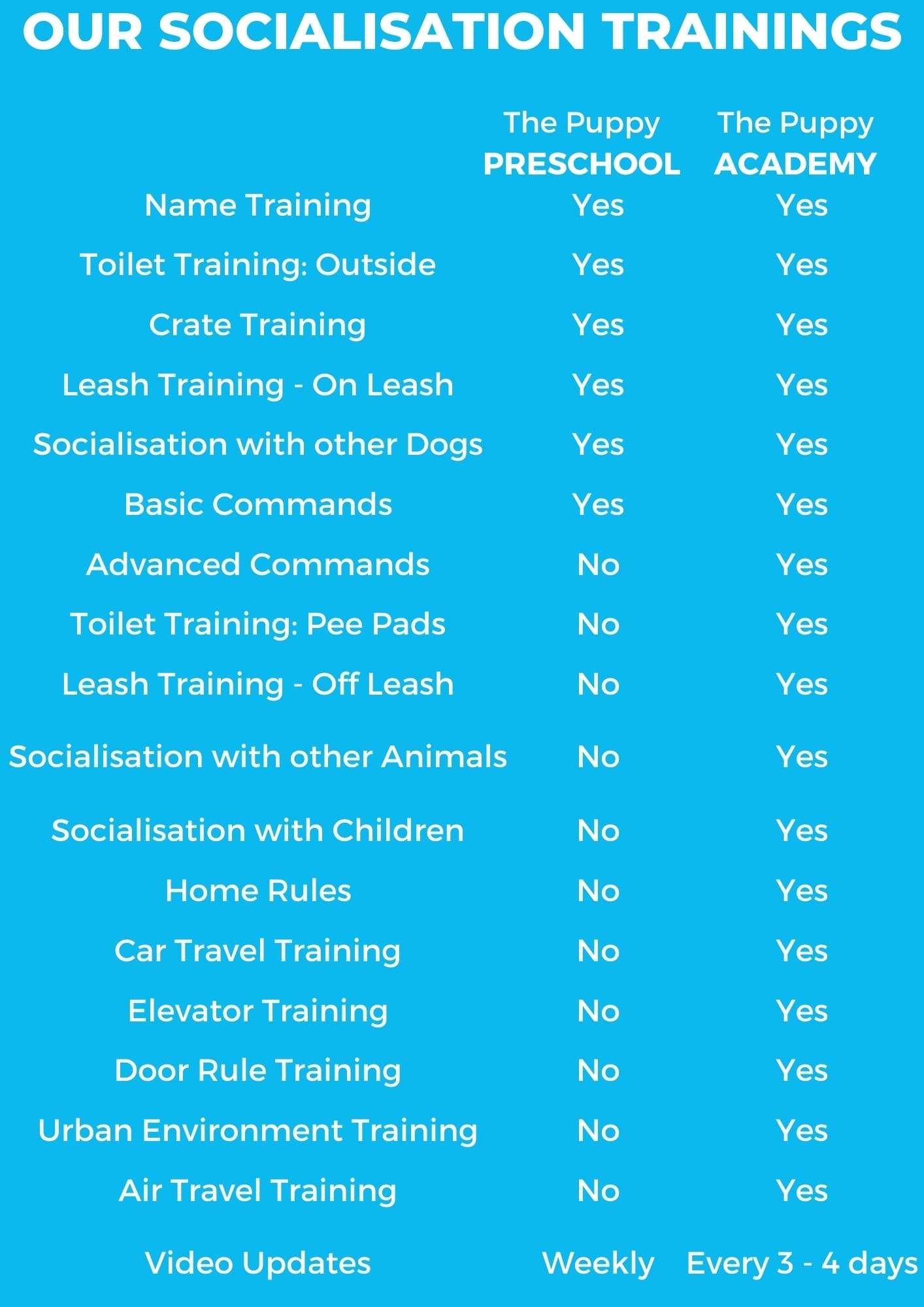Hurricane Matthew and Evacuating with Your Dog
Hurricane Matthew has been raging up the eastern coast of South America and North America, cause devastating damage up and down the coastline. Luckily, many areas were forewarned and were able to safely evacuate their citizens. But what of the animals? During disasters, animals are sometimes left behind or lost in the rush to safety. Fortunately, there are some ways you can prepare yourself and your dog for an evacuation.
Be Prepared
The Red Cross recommends having a plan for evacuation that includes family and pets. Although different disasters require different responses, should you be forced to flee, you need to have a plan of action.
Left Behind?
Do not leave your dog behind. If you leave your dog behind in the danger zone, you risk him being injured, lost, or killed. The safest place for your pet is with you.
ID
If you must evacuate, make sure your pet has identification. Your dog should already be micro-chipped. Be sure that the chip registration is current so that if your dog gets lost, it will be easier for you to find him.
Have two identity tags on your dog’s collar. One should be your own number, and the other the phone number of a friend or relative who lives outside your area (away from the evacuation zone).
Travel Essentials
You should also try and prepare a travel kit for your dog. Evacuation is already stressful enough without rushing to buy pet supplies and water. Save yourself the worry, and have a travel kit prepared in advance.
Try to travel light, but carry essentials with you. Ideal items to include are bottled water, food, bowls, towels, any important medications, parasite control, one or two leashes, and bathing supplies such as dog shampoo.
You should also prepare a file with your pet’s vaccination records (which should be up to date), details about your pets (feeding schedule, behavioural issues, health problems and similar details) and some recent photos of your pet. Pack everything in waterproof containers or files (especially any papers).
On the road
You’ll also need to get a travel carrier or cage ready. The last thing you want during an evacuation is a loose dog. This increases the chances of your dog escaping or getting hurt (or hurting someone else in panic). The travel cage should be a place of safety for your dog. Help your dog calm down by using a familiar smelling blanket to line the bottom of the cage. During the evacuation, have some treats and toys ready to go. You should also provide meals in the cage until you reach your place of safety.
Safe and Sound
Part of being ready for an evacuation involves knowning where you can take shelter. Not all public evacuation shelters will take pets (though most should accept service dogs). There are some shelters, hostels, hotels and other places that are pet friendly. Make a list of them in advance, and head to it if you need to evacuate.
You can also ask a trusted friend or relative who lives in a safe area to look after your pets temporarily while you and your family head to a shelter. Some boarding-kennels, animal shelters, and veterinarians will also being willing to shelter animals during an emergency.






















